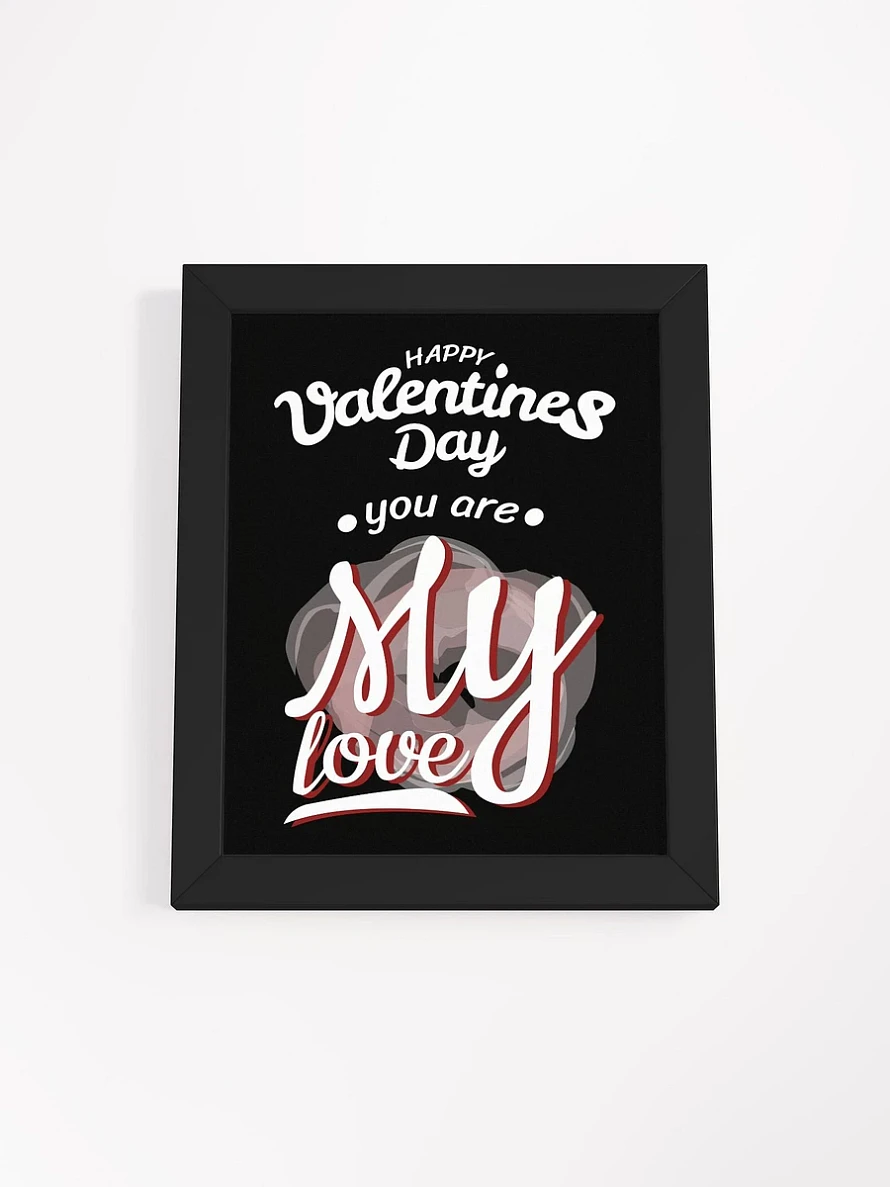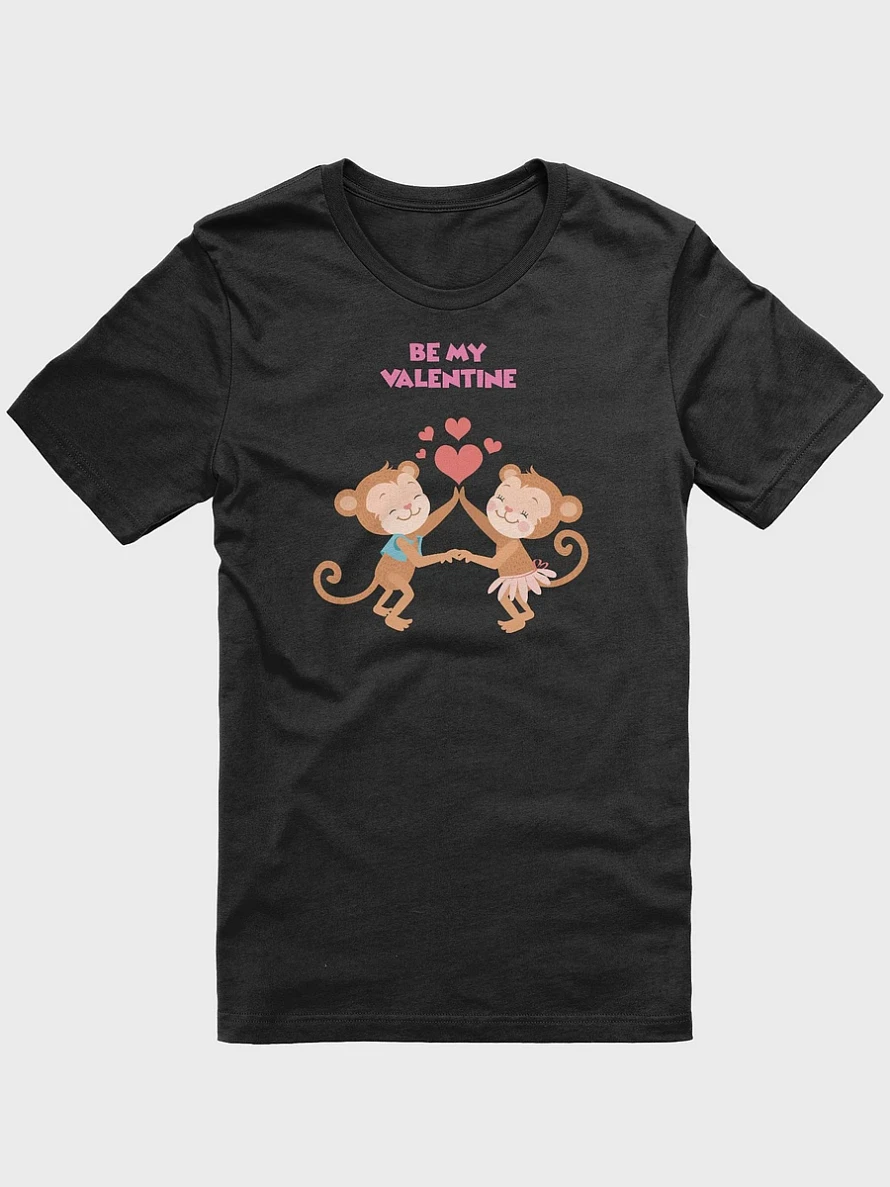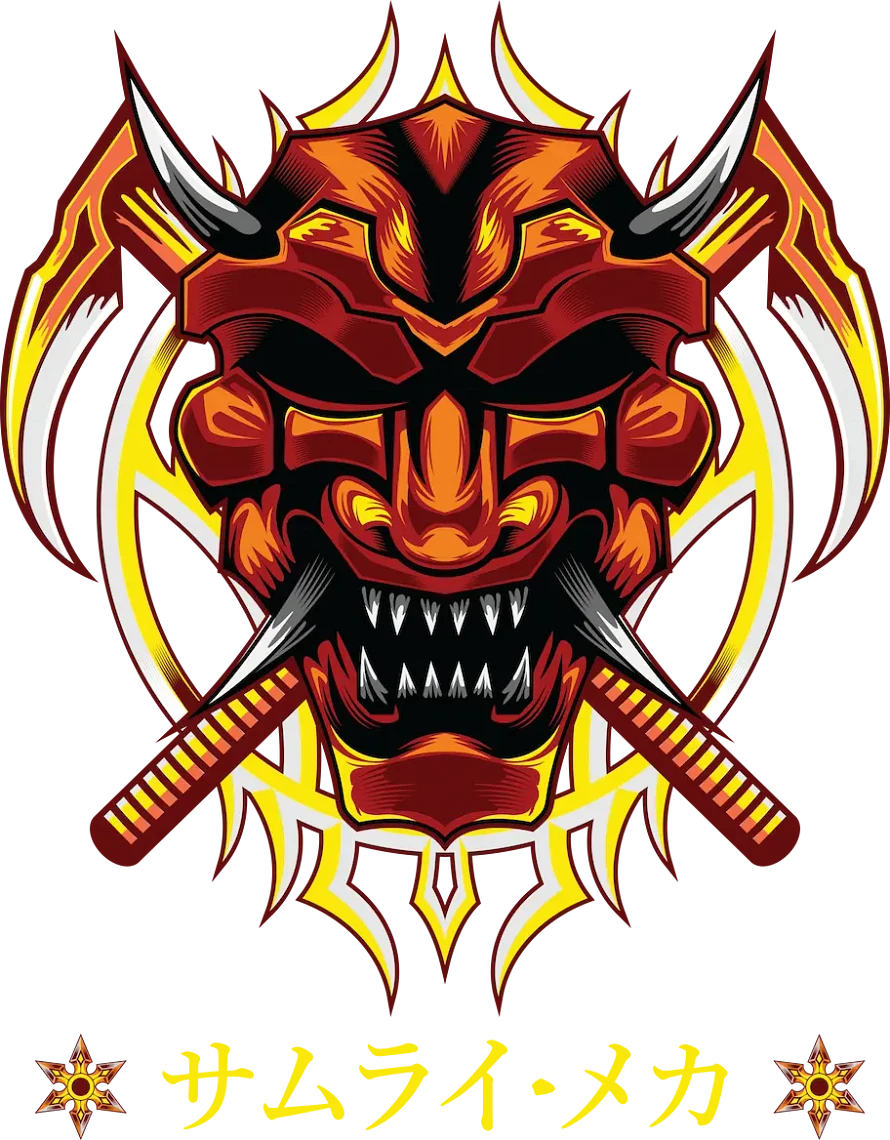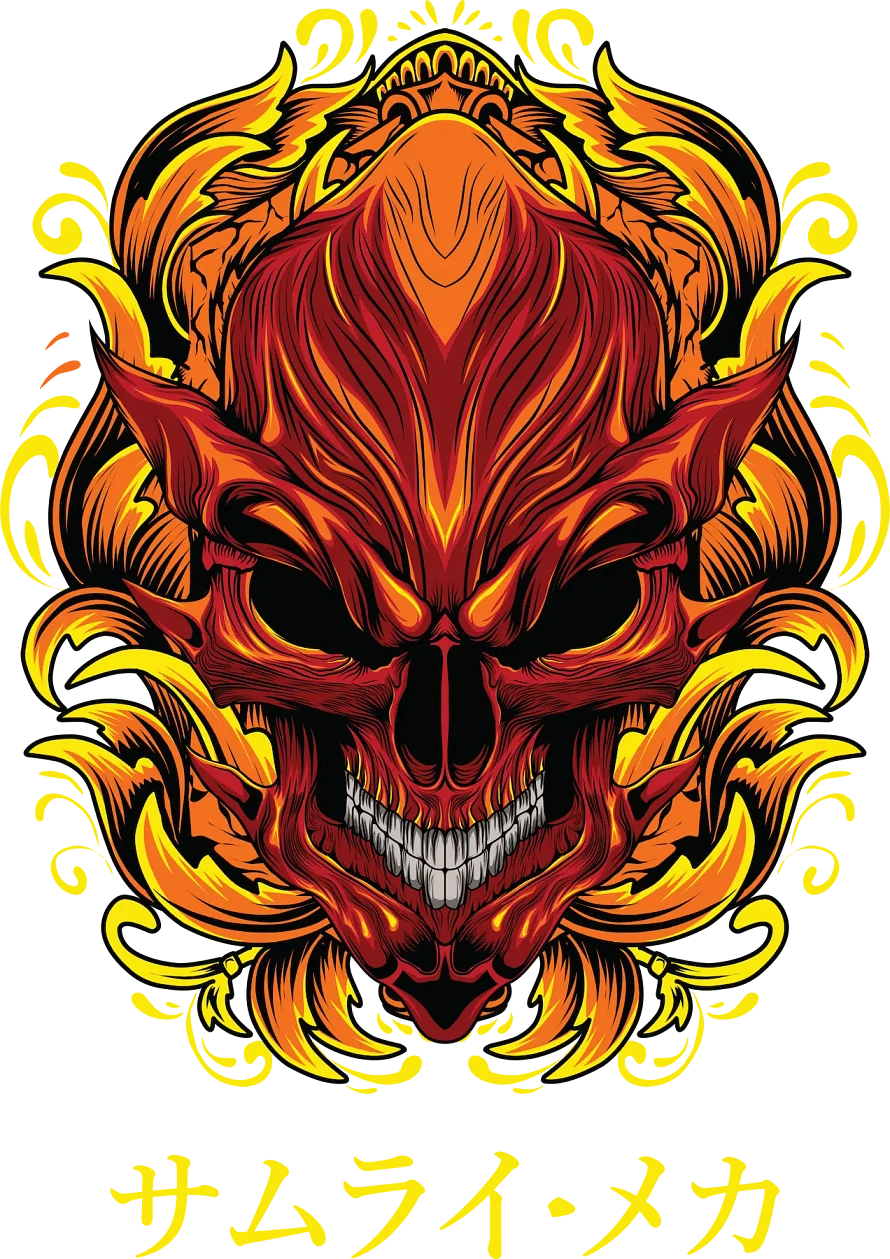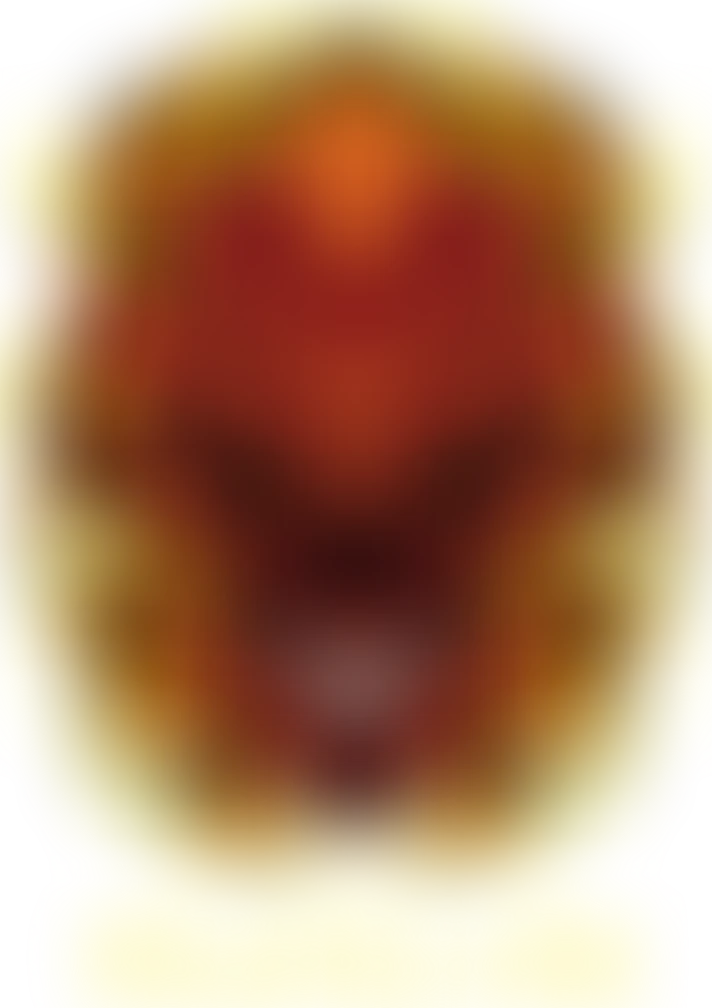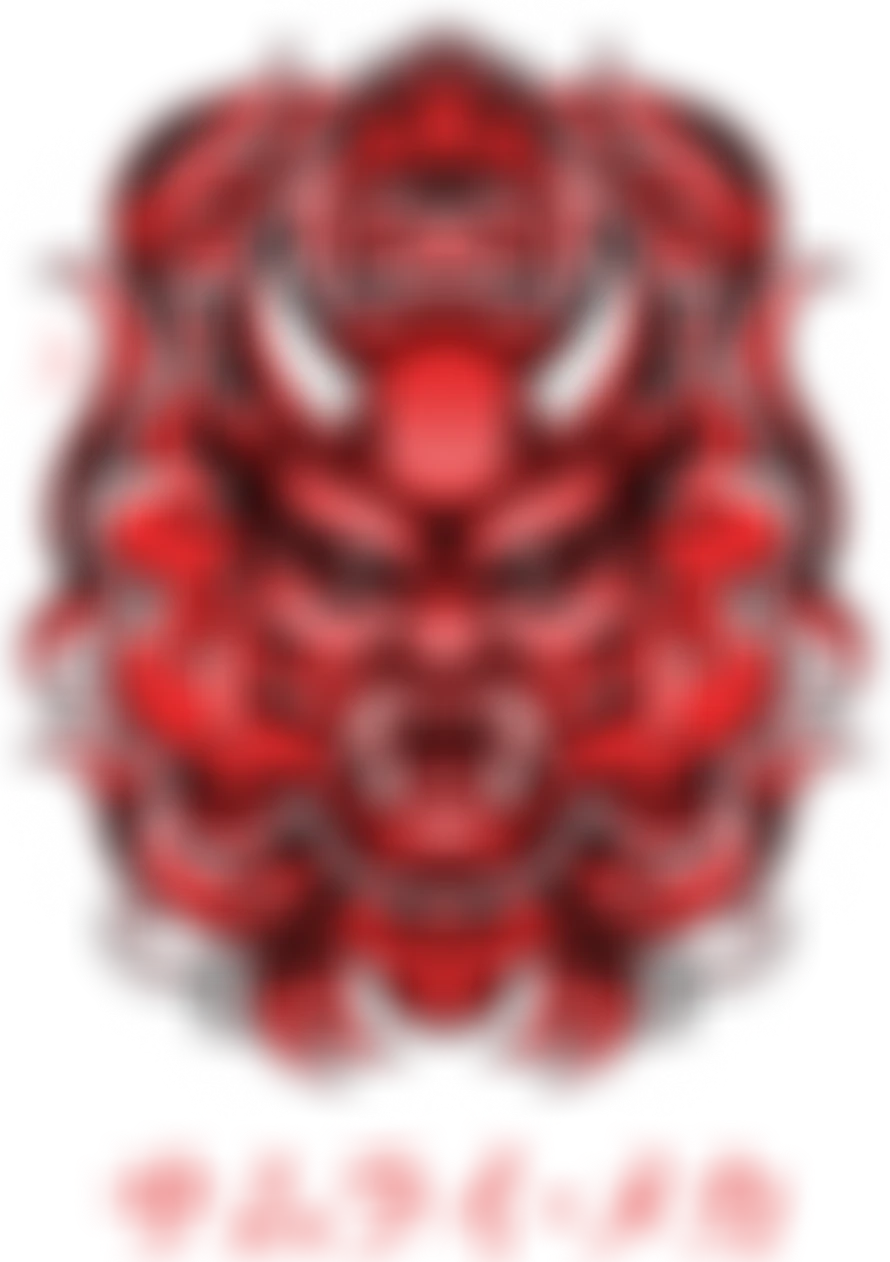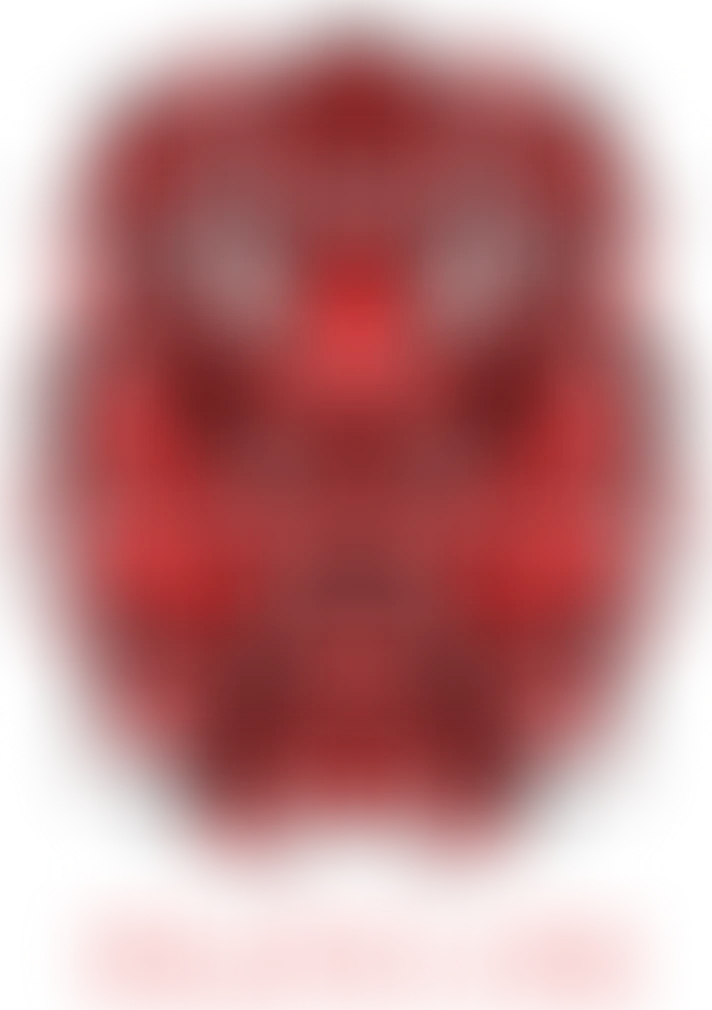Samurai Helmet with Hockey Mask
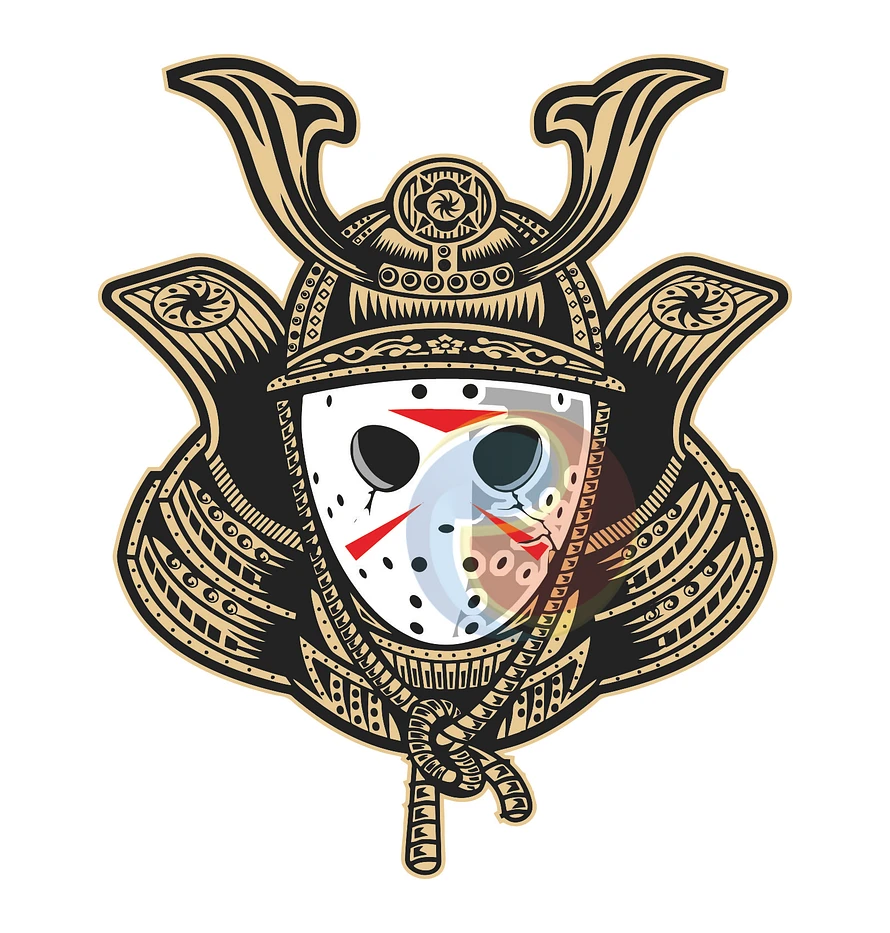
Samurai Helmet with Hockey Mask
Samurai Jason - Digital Download - Samurai Helmet with Hockey Mask
A bold and unique vector illustration combining a traditional Japanese samurai helmet (kabuto) with a modern hockey mask, reminiscent of horror iconography. This fusion of warrior culture and slasher themes creates a striking and edgy artwork, perfect for tattoo designs, streetwear graphics, posters, stickers, and digital projects. Clean lines and bold detailing make it ideal for print and merchandise.
Product Highlights:
-
🎨 Instant Digital Download – Get your files immediately after purchase. No shipping needed!
-
🖥️ High-Resolution PNG & JPEG Files & EPS – Ideal for printing on posters, apparel, phone cases, mugs, and more.
-
💡 Perfect for Merch – Use this design on your store or personal projects.
-
📱 Social Media-Ready – Great for content creators, streamers, and musicians who want eye-catching visuals.
Why You’ll Love It:
This design blends fantasy and music in a unique cartoon style, making it stand out on any platform. Whether you're a band looking for unique visuals or a fantasy fan seeking new artwork for your wall, this piece is the perfect mix of bold and fun.
How to Use:
-
Purchase and download the files instantly from RisedesignID.
-
Use on your merch platform, digital art collection, or print for physical use.
-
Wow your audience with striking, original art!
For just 1 USD you can get an attractive design that is ready to be applied to several real products, such as t-shirts for example.
Keywords:
samurai helmet, hockey mask, horror samurai, slasher mask art, kabuto illustration, japanese warrior mask, spooky samurai, creepy vector art, gothic warrior, tattoo design, japan horror style, mask fusion art, detailed vector, scary helmet


